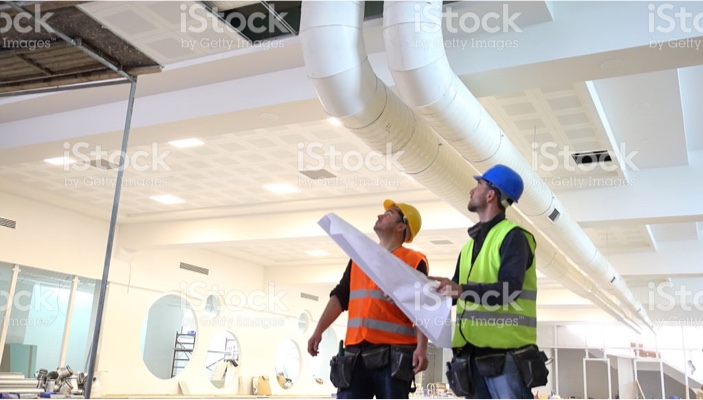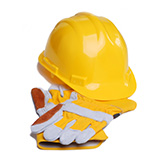August 22, 2017 | Posted by MICRO

The first question a person will have after the discovery of mold in their home or business is whether or not the mold is toxic. Many molds are not, but others are. It’s vital to know what you’re dealing with so that you and a mold professional can respond quickly and effectively.
In all cases, containing mold is important, but when the mold is toxic, the stakes are raised substantially. The toxins are actually mycotoxins and the fungi which is a more appropriate term for mold, can produce hundreds of different kinds of mycotoxins.
But just because a strain of fungus is capable of producing mycotoxins, it does not automatically mean that’s what it will do. This is why testing with a quick turnaround on results is critical. To determine if a mycotoxin is present, a mold inspector will need to test for that particular toxin.
Even in cases where a toxic mold is present, chances are that a full grown, healthy person will not inhale enough of the mycotoxin or the mold to do harm to their health. The presence of the mycotoxins should be taken more seriously in homes with small children, clinics and other such locations where some people may be more susceptible to its effects.
Containment should be considered in all cases, ranging from local containment, which may include putting up plastic sheeting barriers, to full containment which will include completely sealing off an entire room or several rooms. A mold professional will know what level is required and act accordingly.
MICRO, the Mold Inspection Consulting and Remediation Organization, is the leading provider of training, certification and products for contractors and start-up businesses looking to enjoy a successful career in the mold inspection and remediation industry. For questions and information, contact us at (888) 813-6653.


